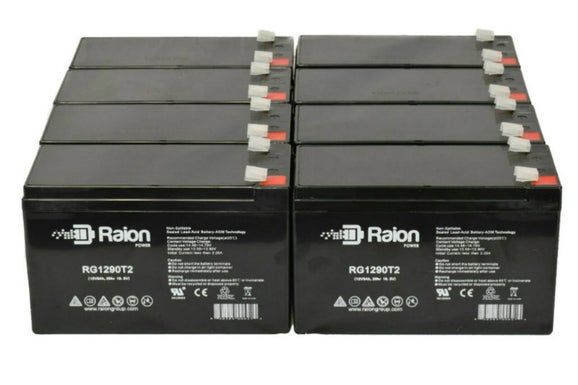Fire Safety Standards in Australia
The main documents that set the rules are:
-
National Construction Code (NCC) – building design and fire safety features
-
AS 1670.1 – Fire detection, warning, control & intercom systems
-
AS 1851 – Maintenance of fire protection systems
-
AS 1670.4 – Emergency intercom systems for buildings
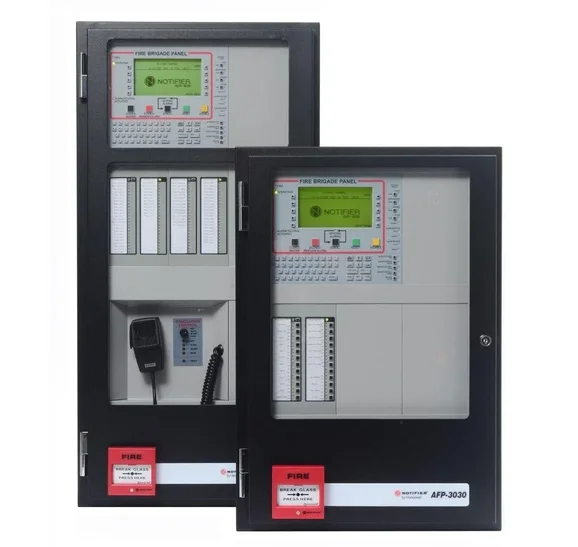
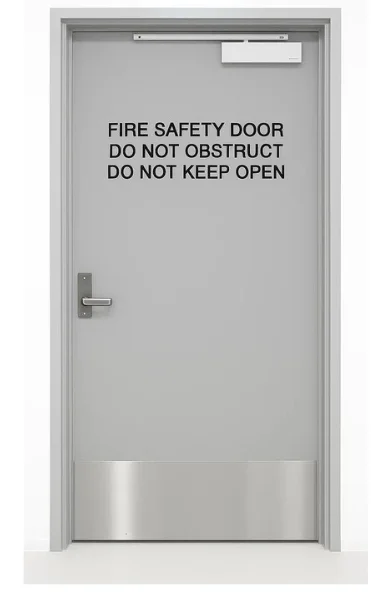
Fire Doors & Curtains
-
Fire Doors
-
Heavy, solid doors with a fire rating (e.g. 2 hours).
-
When a fire alarm triggers, some close instantly (electro-magnetic holders release them).
-
Designed to seal off a fire compartment immediately so smoke and flames can’t spread.
-
Must be kept closed or self-closing – that’s why you see those "Do Not Block Fire Door" signs.
- Fire Curtains (Smoke or Fire Curtains)
-
Flexible, roll-down barriers hidden in the ceiling.
-
When activated, they lower gradually instead of slamming shut.
-
This gives people a little time to pass through while they’re still evacuating.
-
After a short delay, they fully deploy to stop smoke/fire spreading.
-
Common in shopping centres, airports, or atriums where wide open spaces exist instead of walls.
Information
Placement
-
Speakers must cover all areas of the building that people occupy, including:
-
Corridors
-
Lobbies
-
Inside large rooms (meeting halls, shopping centres, auditoriums)
-
Carparks (if part of evacuation path)
-
-
They must be close to exits so people hear directions right before leaving.
-
Lift lobbies and stairwells also need speakers — so people moving between floors still get instructions.
- Alarm tone/voice must be ≥10 dB above average background noise in the space.
-
Example: if a shopping centre has 65 dB background noise → evacuation tone must be ≥75 dB.
-
Minimum Levels:
-
65 dB(A) in sleeping areas (like hotels, aged care, apartments).
-
75 dB(A) in most other occupied areas.
-
Max 120 dB(A) anywhere (too loud can damage hearing).
-
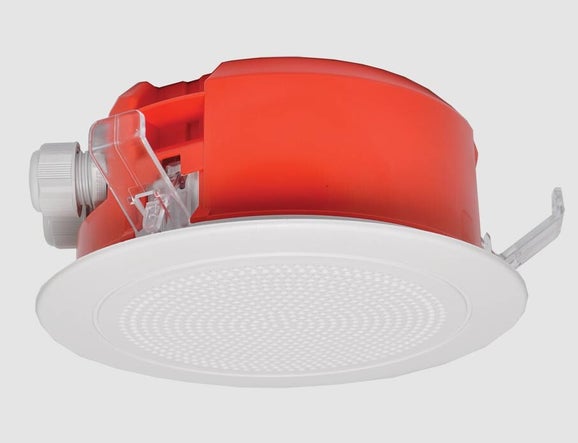
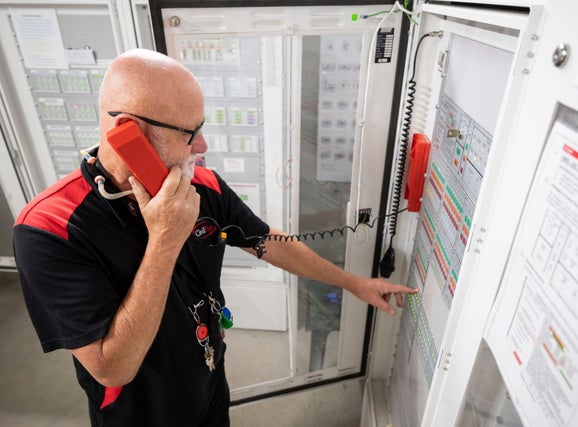
Fire Safety in High-Rises
Emergency Warning & Intercommunication System (EWIS)
-
Mandatory in high-rises >25m.
-
Consists of:
-
Speakers in every occupied area, stairwell, lift lobby, etc.
-
Warden Intercom Phones (WIP) on each evacuation floor, connected back to the Fire Indicator Panel (FIP).
-
Control panel in the fire control room where fire wardens or the Fire Brigade can manage evacuations.
-
Staged Evacuation
High-rises don’t empty all at once (chaos + bottlenecks). Instead:
-
Fire floor + floor above + floor below → evacuate first.
-
Rest of the building stays on Alert tone until/if needed.
-
Fire wardens (or fire brigade) can then expand evacuation zone floor by floor.
-
Helps keep stairwells safe & manageable instead of overcrowded.
Alarm Tones
Australian Standard AS 1670.1 defines two main tones:
-
Alert Tone – “Beep beep beep beep” (slower pace) = get ready to act.
-
Evacuation Tone – “Whoop whoop whoop whoop” (faster, continuous) = evacuate immediately.
Some systems also include a voice message after the tones, e.g. “Attention please, evacuate the building by the nearest exit.” or "Emergency Evacuate Now"
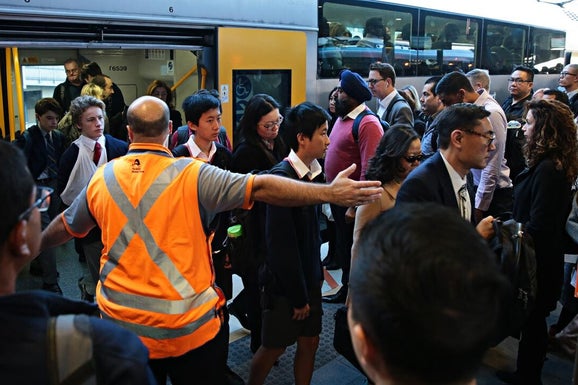
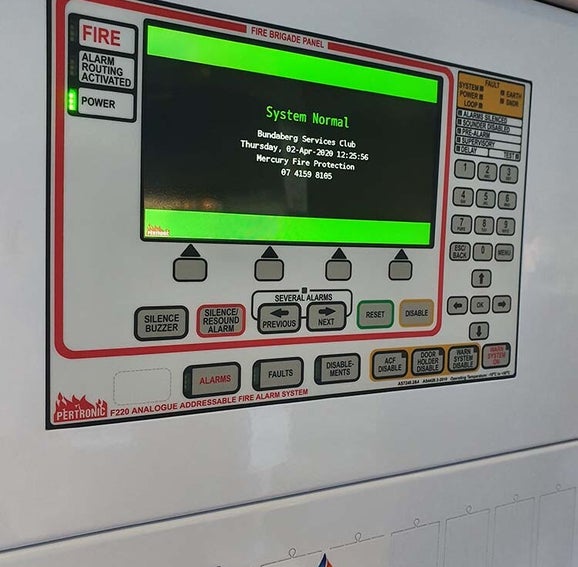
Fire Indicator Panel (FIP) Operation
1. Normal Condition
-
Screen shows “System Normal”.
-
Detectors and devices are quietly monitored in the background.
-
Security doors are locked, fire doors held open on magnets, lifts work as normal.
2. Alarm Initiation
-
A detector (smoke/heat) or sprinkler head activates → panel goes into Alarm (Alert stage).
-
Alert tone (beep beep beep) sounds in most zones.
-
System logs which device triggered (e.g. Level 7 Lobby Smoke Detector).
-
Fire Brigade is auto-notified (via 000 connection).
3. Acknowledgement Window
-
There’s usually a 2–5 minute window where the system waits for a warden or Fire Brigade officer to attend the FIP.
-
In this time:
-
Alert tone continues.
-
Wardens may investigate the source of alarm.
-
-
If someone presses “Acknowledge” on the FIP → alert can be held while they check.
4. Escalation to Evacuation
-
If no one responds at the panel → after the set timer, system auto-switches to Evacuation mode.
-
If a second detector or sprinkler activates → system immediately jumps to full evacuation (no waiting).

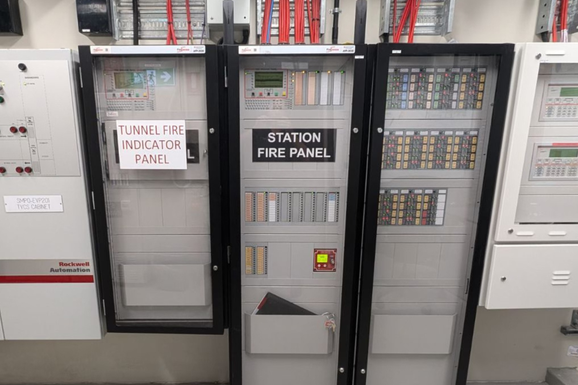
5. Evacuation Mode
-
Evac tone (whoop whoop) plays in the affected evacuation zone(s).
-
Other zones may still stay on Alert tone (staged evacuation).
-
Speakers broadcast voice messages.
-
Emergency doors unlock, fire doors close, curtains deploy, lifts recall to ground.
6. Manual Controls
From the FIP, authorised users can:
-
Manually trigger evacuation in all zones or selected zones.
-
Silence sounders (tones) once evacuation complete.
-
Reset system once Fire Brigade declares the building safe.
-
Use the EWIS panel to talk over the PA or via Warden Intercom Phones.
7. Other Functions
-
Fault monitoring: shows if a detector, speaker, or circuit is damaged or disconnected.
-
Power backup: battery inside FIP to keep it running if mains fails.
-
Integration: connects to sprinklers, smoke exhaust fans, stairwell pressurisation fans, and electronic locks.
